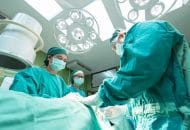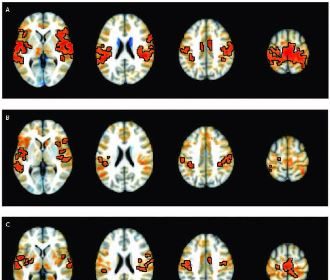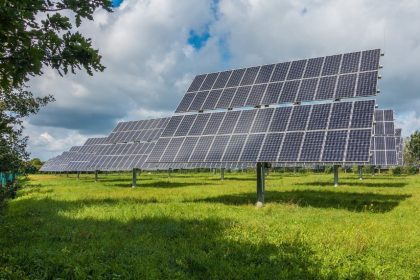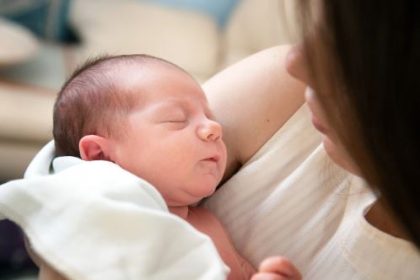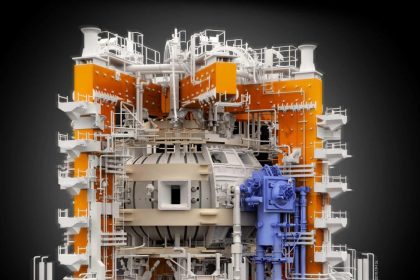Audio Recordings that Reliably Detect COVID-19 not Quite Ready for Use
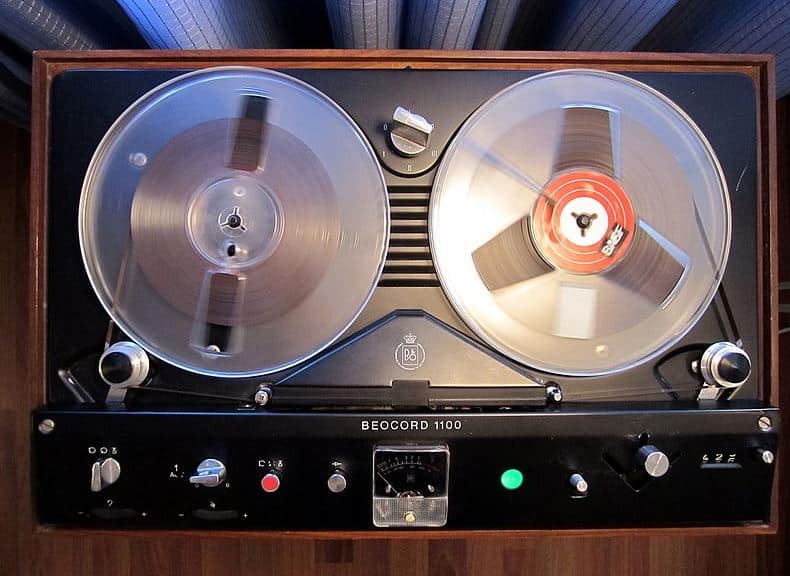
The underlying algorithms for an app that can mass detect COVID-19 through audio are not quite ready yet, researchers say.
COVID-19 has a distinct effect on the audio produced by infected people, which has enticed researchers to explore using it as a way to create widely available mass testing for the disease. With effective mass testing available, they expect public health officials would be able to better control the disease.
Using machine learning, a branch of computer science and artificial intelligence in which algorithms learn to spot patterns, researchers have been working to create algorithms that reliably identify the disease across the population.
It would also mark a milestone in the use of artificial intelligence and machine learning to transform public health, the kind of transformation that regulators are gearing up for. The U.S. Food and Drug Administration, for instance, has begun exploring regulatory pathways for the use of artificial intelligence and machine learning in medical devices.
A study published in April in BMJ Innovations, a prominent health innovation journal, reported that deep learning could be used to identify both symptomatic and asymptomatic cases of COVID-19 from audio recordings of breathing and coughing.
It may also be useful for determining the likelihood of death in infected patients, according to a 2021 review of machine learning and COVID-19.
While a scalable app for audio detection could be deployed this week, determining whether these technologies actually detect COVID-19 is more of a challenge, Harry Coppock, a doctoral student in artificial intelligence at Imperial College London and an author on the BMJ study, said in an interview.
An article in The Lancet that Coppock co-authored raised a number of questions that still need to be sorted out.
The issues preventing the release of this technology revolve around the question of whether the algorithms are truly spotting biomarkers for COVID-19 or whether they are latching onto other correlations in the datasets, the article said.
The seeming effectiveness of locating infected people could be attributed to the cleverness of the algorithms which may simply be identifying traits that are often found in people who have COVID-19, which would mean that the algorithms are not actually catching COVID-19.
For instance, the study says, they could be distinguishing between healthy and sick individuals generally, or between socioeconomic, geographic, ethnic, or other comorbidities.
They may also respond to other factors in the environment or in the patients’ emotional state since many of the patients used in the studies have known they had COVID-19 when recording the audio samples and sick patients might have other things in common that have nothing to do with the disease such as they are more likely to be inside.
“I would not endorse a COVID detection app currently due to the dangers of false-negative results and inconclusive results,” Coppock said.
The Lancet article also raised some concerns over the datasets, which for the most part have not been peer-reviewed or released.
“I believe it could be very transformative. However, the tech still needs to come a long way before it can be used,” Coppock said.
“We have to be very sure otherwise the consequences of using a faulty test are huge.”














